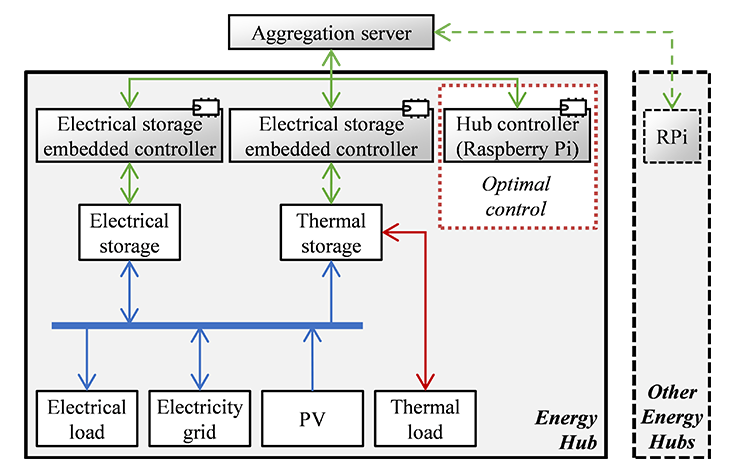Energy Storage and Vectors
Discover more about our battery management and thermal integration research.
Research aims
Electrification and new energy storage approaches are key to the move away from fossil fuels. We are researching specific aspects of battery systems, battery management systems and battery cooling to deliver incremental changes. We achieve this through the application of a combination of experimental methods and modelling to understand and then demonstrate the technology.
Another route away from fossil fuels is to use a zero emission fuel. We are researching applications for these fuels using experimental and modelling approaches.
Research areas
Find out more about our research areas:
Electric vehicle charging
The eCharge4Drivers project aims to make electric vehicle (EV) charging easier and more convenient in cities and along highways, encouraging more people to switch to green transportation. The project will showcase different charging solutions like city charge points, mobile charging services, lamp post chargers, battery swapping stations for small electric vehicles, and portable charging stations for temporary needs.
We're involved in two key tasks within eCharge4Drivers:
- Using Agent-Based Models to study how EV drivers will react to the new charging options. A Monte Carlo simulation creates a virtual fleet of EVs with different features and driver behaviors to test in the demonstration areas.
- Analyzing Twitter data with natural language processing to track how EV charging experiences have changed from 2018 to 2022. The data is organized into themes, sentiment (positive or negative), and displayed in interactive dashboards for the project team to review.
eCharge4Drivers is co-funded by the EU through the H2020 Research and Innovation Programme (grant agreement No 875131).
Faculty
Peter Fussey
David Weir
Spyros Skarvelis-Kazakos
Battery development
The battery development project aims to enhance battery energy storage while cutting down charging time, focusing on the fast-growing EV market, which is becoming increasingly popular with both industry and consumers.
Despite progress in battery technology, two main challenges remain for wider EV adoption:
- Increasing battery capacity to extend the EV's driving range or reduce battery size and cost.
- Reducing charging time to alleviate range anxiety by offering quicker charging options and improving charge point usage.
The project uses a pulsed charging strategy, which applies high current pulses with short breaks in between to minimize battery wear, boosting energy storage and shortening charging time.
Typically, pulsed chargers require new hardware, but the Sussex team is integrating this system directly into the battery using the patented ‘flexible busbar,’ allowing it to be charged with a standard charger.
Since the battery is the most expensive part of an EV, innovation in this area is key to accelerating the shift to electric vehicles and a zero-emission future. By improving battery charge capacity, the Sussex team is making EV ownership more practical and speeding up this transition.
